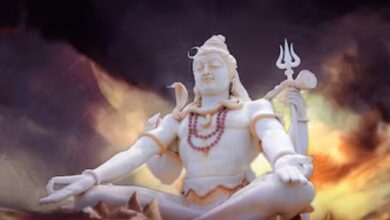Domain of Thrones
Within the thick walls of the Egyptian Museum in Cairo, a unique drama develops around Egypt’s historic past. Situated in the heart of Maidan Al-Tahrir (Tahrir Square), the nation’s first purpose-built museum has been a resilient custodian of memories for 121 years. Its magnificent neo-classical façade causes visitors to halt. Encompassing two stories, it’s a thought-provoking and captivating area that showcases glowing portraits of Pharaohs, enigmatic artifacts from the Nile, interment groups from distant excavation sites, and of course, mummies.

You have to fasten your seatbelt for an unforgettable journey once you’re inside. The first site is the amazing Narmer Palette, which dates to between 3,200 and 3,000 BC. It is carved on both sides on a single piece of smooth, greyish-green siltstone. Often regarded as a model for Egyptian art, it has the oldest known hieroglyphic writings.
Queen Hatshepsut’s bust
The first few chambers are crammed with statues and collectives honoring Egypt’s deity monarchs, representing the mystique of supernatural authority and belief at every turn. Egypt’s past is evoked in the first gallery by the earliest known life-size statue of King Djoser, who reigned during the third dynasty (c. 2,650 BCE). The sole complete work of art belonging to King Khufu, the second of the fourth dynasty, is a little ivory sculpture that bears no significance to the ruler’s grandeur. One of the Seven Wonders of the Ancient World, the Great Pyramid of Giza, is claimed to have been built under his orders. Strangely, the only artifact left of the king who constructed a pyramid that is over 500 feet high is a little, three-inch-tall ivory statue. Magnificent artifacts left by a powerful dynasty and a mysterious monarch whose curse has supposedly plagued researchers for generations may be found in the area devoted to Tutankhamun and his sparkling spoils. Reminders that even great emperors are mortal may be found in a gilded chest flanked by sculptures of the four tutelary goddesses of the dead.
Queen Hatshepsut’s bust
Queen Hatshepsut was the first female Pharaoh of Egypt, and while efforts were made to erase her from history, her head is displayed at the museum on a pedestal, stubbornly asserting her position. A massive monument of Amenhotep III and his wife Tiye is positioned in the middle of the gallery. Warning: This section contains spoilers. The Monalisa of Egypt, a highly detailed picture of the Meidum Geese, an extinct type of geese, is housed at the museum. It is worthwhile to look into.







